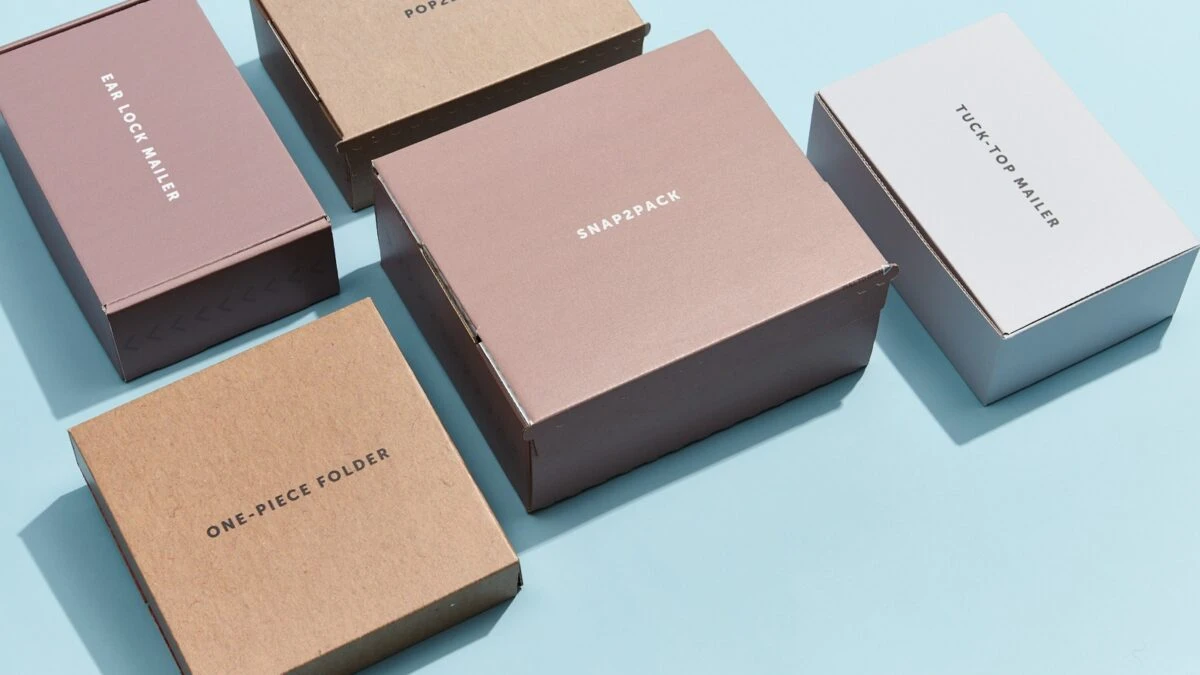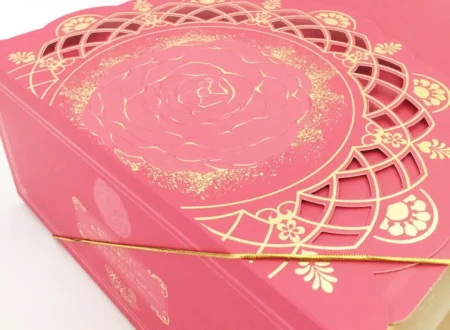You might not think much about the product packages that arrive on your doorstep. But as a business owner, did you know that product packaging has different levels?
These are known as primary, secondary, and tertiary packaging, and each package has its place and its purpose. Packaging is an everyday part of our lives, and it’s easy to overlook the involved complexity. Each piece of packaging has its own unique purpose, design and, of course, category. This article will dive into each level of packaging known as primary, secondary, and tertiary packaging. There are some surprising differences between each type of packaging regarding how they are used and why they matter.
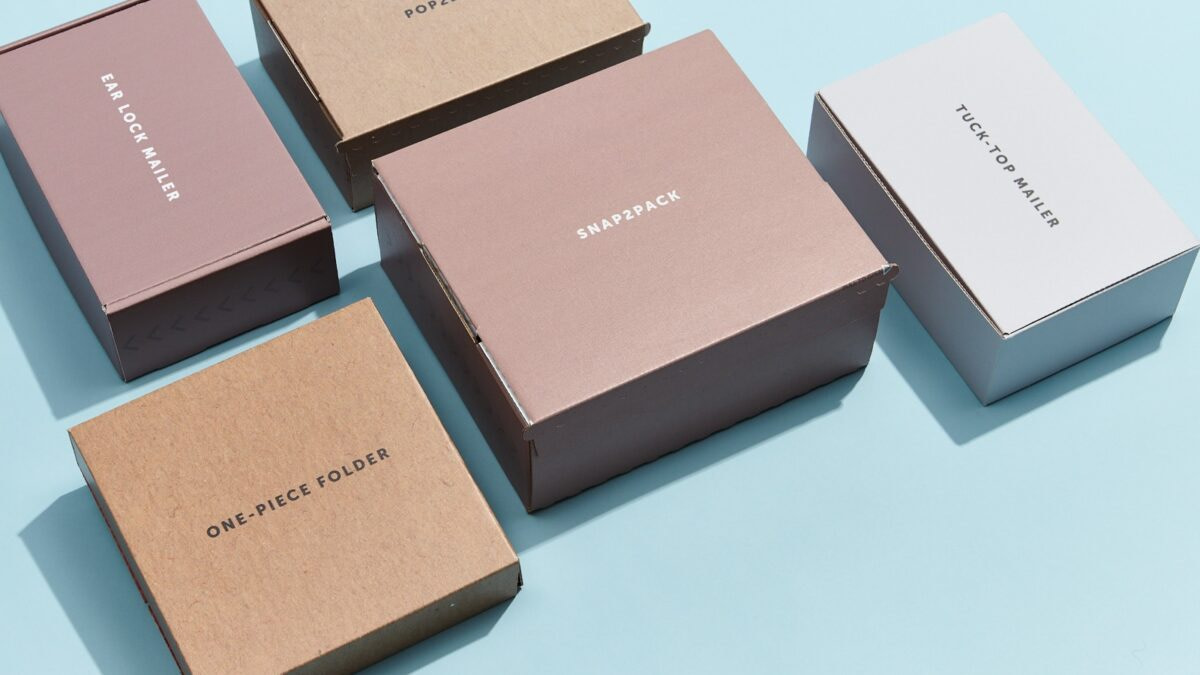
The official definition of the three types of packaging are:
- Primary: original objects or documents with first-hand information or raw material.
- Secondary: sources that analyze, interpret, or draw conclusion from a primary source.
- Tertiary: sources that index, organize, or compile other sources.
But more specifically, let’s have a look at primary, secondary and tertiary when it comes to packaging.
What is Primary Packaging?
Packaging that is in direct contact with the product.
There are many examples of primary packaging among various industries. The central role that primary packaging holds is product protection and preservation. Suppose we look at a box of laundry detergent pods as an example. The primary packaging would be the little plastic bags that hold each liquid pod. Without the primary packaging, primary packaging wouldn’t serve any purpose.
Additionally, a cereal box, for example, wouldn’t be considered primary packaging. However, the plastic bag inside the box in which the cereal comes in would be considered primary packaging. This is because this is the part of the packaging that actually holds the contents of the box. If all cereals were contained in the box alone with no bag, they’d be much more susceptible to going stale or being affected by moisture or light, which could degrade their texture, taste, and consistency.
Primary packaging is perfect for holding and preserving the product itself but would be a terrible way to store or display the product. This is why outer packaging is then used as it is easier to be stored on a shelf and looks a lot more aesthetically pleasing. Not only can this type of packaging be easily held, but it can also have information on it while protecting the main product from light, moisture and other elements that could adversely affect it.
Although primary packaging is commonly recognized as retail packaging, secondary packaging also plays that role in many cases. For example, in the laundry detergents case, this secondary packaging contains all the design elements and marketing of the brand.
So, to sum up, primary packaging can cover many instances but is always the packaging that is in contact with the product itself. It can include cereal boxes, soda cans, detergent pod bags, chocolate bar packaging, and more!
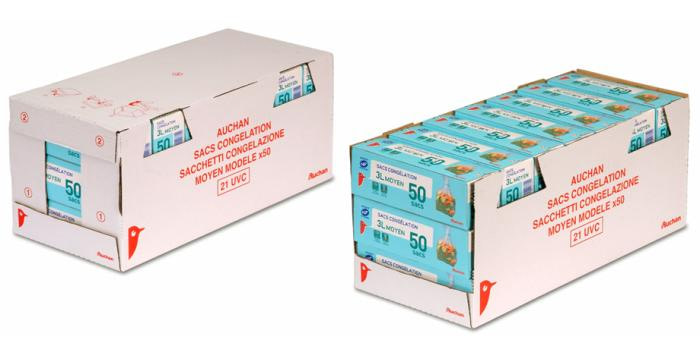
And then there is Secondary Packaging
Packaging that groups together several units into an easily identifiable package.
Secondary packaging is used when grouping products together to easily move, stock, and count as inventory. This is known as a Stock Keeping Unit or SKU. We generally see secondary packaging being used in smaller shipments of products and usually consists of the box itself, separators, interior padding, and reinforcement to prevent any damage to the box.
Secondary packaging is mainly thought about when the word ‘packaging’ is mentioned—branded customized boxes usually stock shelves at retail stores or packaging that incorporates innovative and creative design ideas.
Secondary packaging can also be further customized and contain multiple custom boxes within a warehouse or retail store. It is easy to confuse these types of packaging as many of the aspects overlap, and their uses are blurred. Retail stores can receive secondary packaging containing stock shipments that double as marketing for the brand itself.
Secondary packaging can be made up of a number of individual pieces, such as:
· The box/packaging itself
· Interior padding and safety bumpers
· Product separators or dividers
· Strong packaging reinforcement to prevent crushing or denting the box.
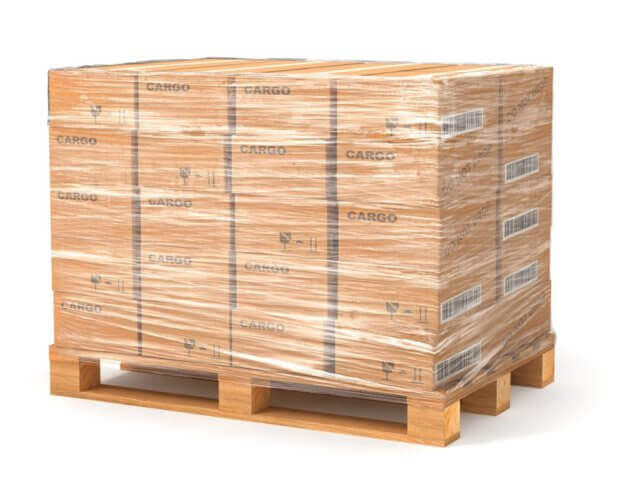
And finally Tertiary Packaging
Tertiary packaging is used as bulk packaging or transit packaging.
Tertiary packaging takes the role when transporting large numbers of goods to their destination safely. The house boxes full of retail ready packaging on route to distribution centers.
Tertiary packaging is made as a self-contained unit that makes it easier to handle, store, and ship goods with. It can often contain several cardboard boxes wrapped together tightly to limit the amount of which the packaging is bumped around in transit.
The good thing is that it’s uncommon for customers to see tertiary packaging, this is because it is often used to add another layer of protection to the secondary packaging and also to group larger shipments together for storage and easy retrieval of SKUs.
All Levels of Packaging are Important
Regardless of whether items are being shipped in a large group or being sent individually for customer consumption or use, custom packaging is vital at every stage.
While on the tertiary packaging level consumers may not see it, it doesn’t mean you should pay less attention to it. At every level of packaging, whether consumer-facing or not, there’s strategy involved. Keeping your product safe during shipping and fulfillment is just as important as catching the consumer’s eye on the retail shelf.
Finding the Right Packaging
It might not seem like something you would overthink but choosing the right packaging can be complex in some cases and it’s so important you get it right. With this in mind, get in touch with the packaging experts at HeTien and we’ll talk you through all your packaging requirements and how we can help. What’s more is that we can help you design your packaging for more custom and creative branding.

